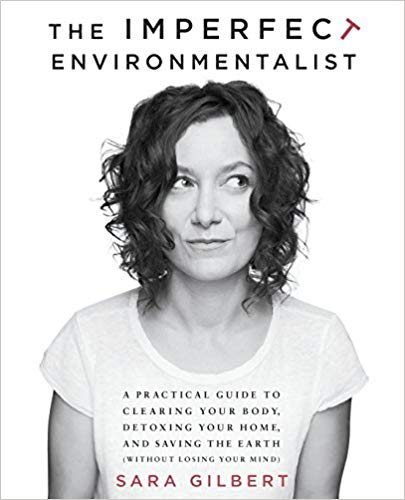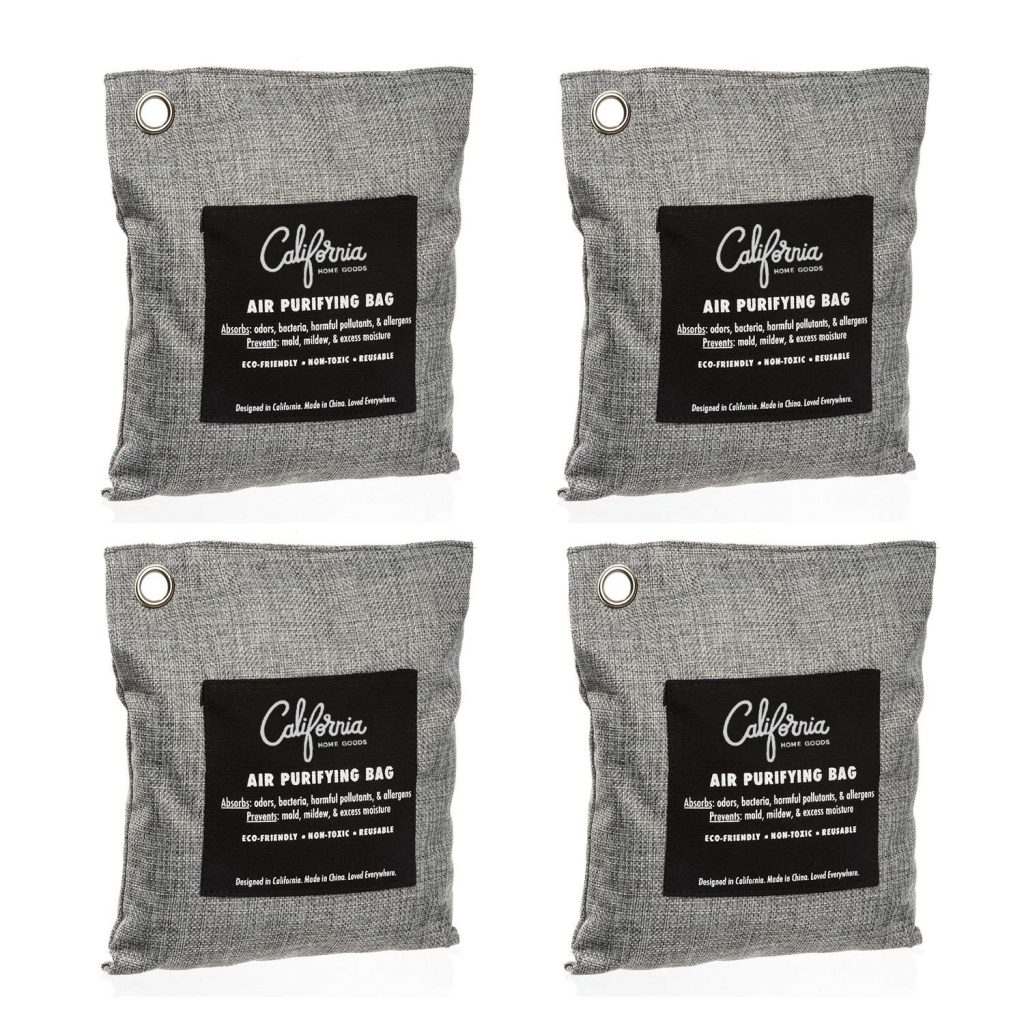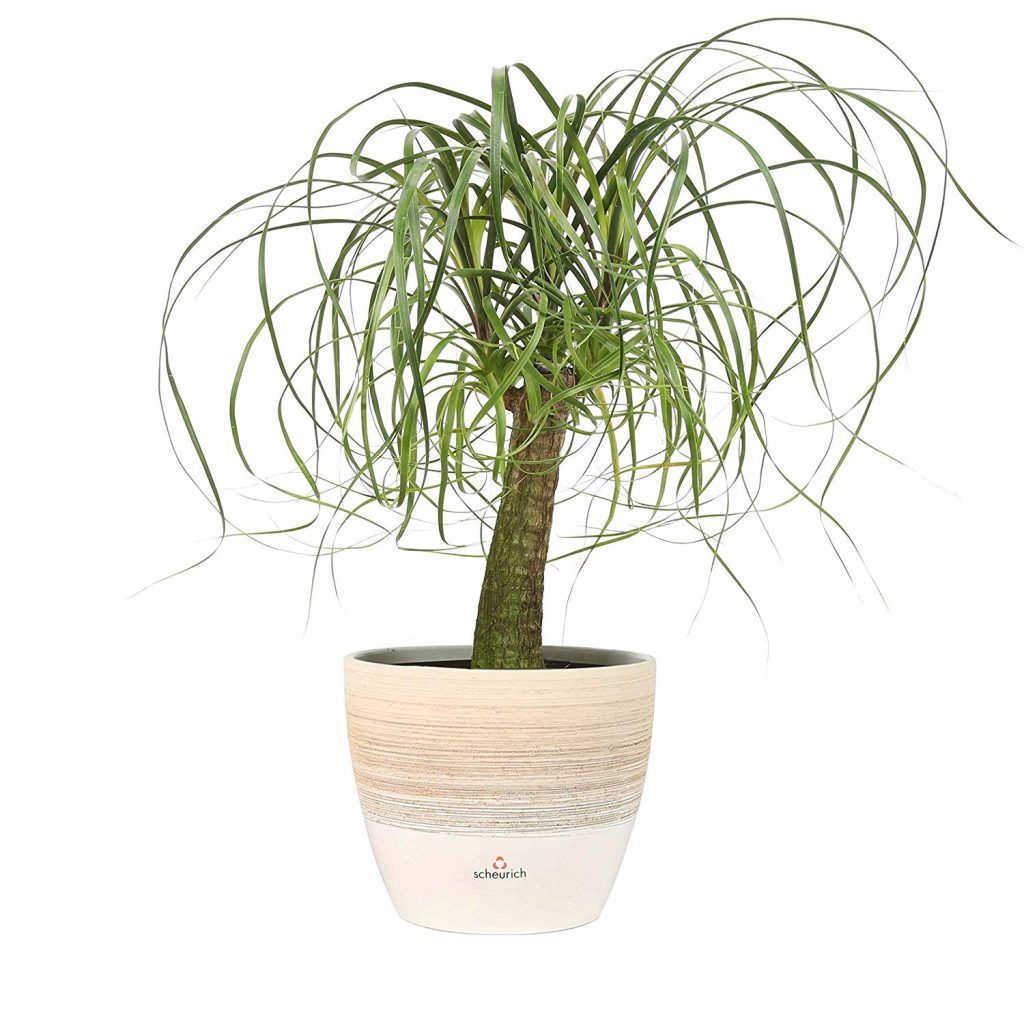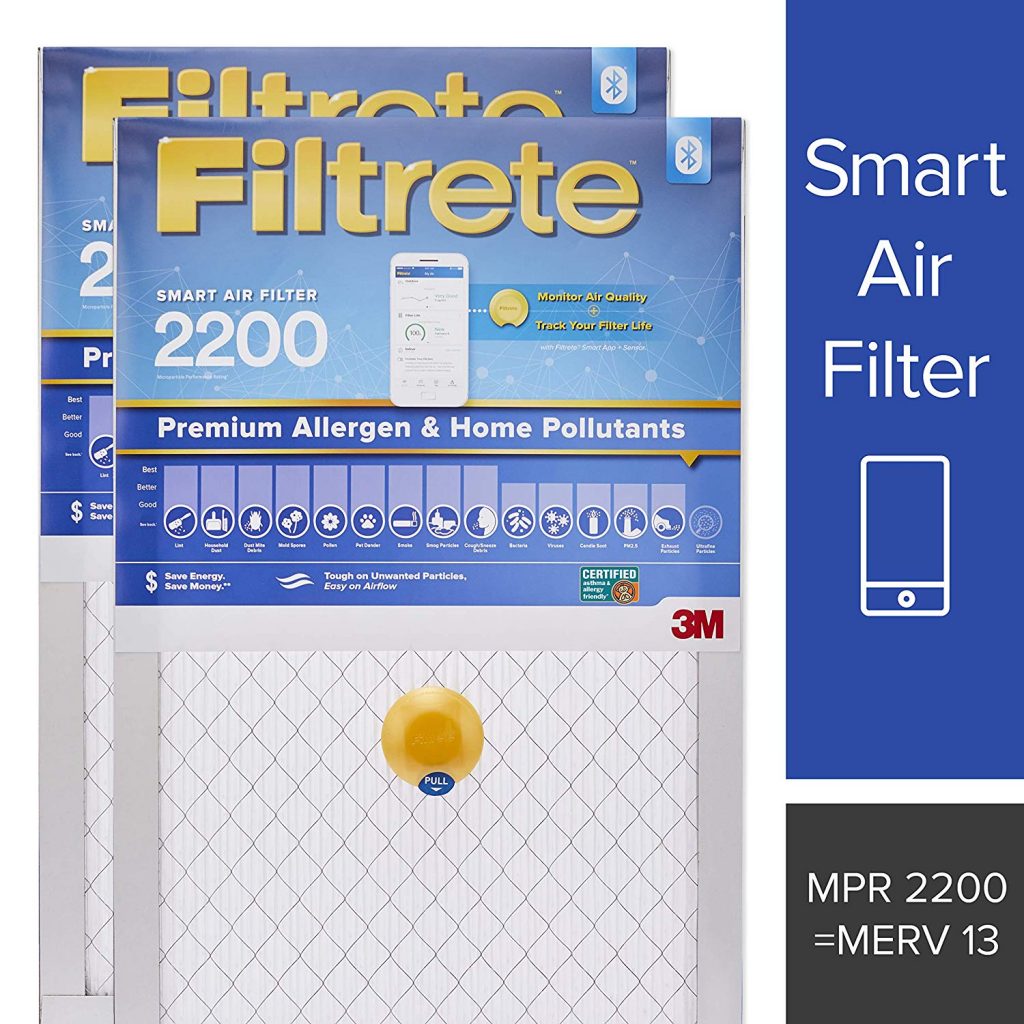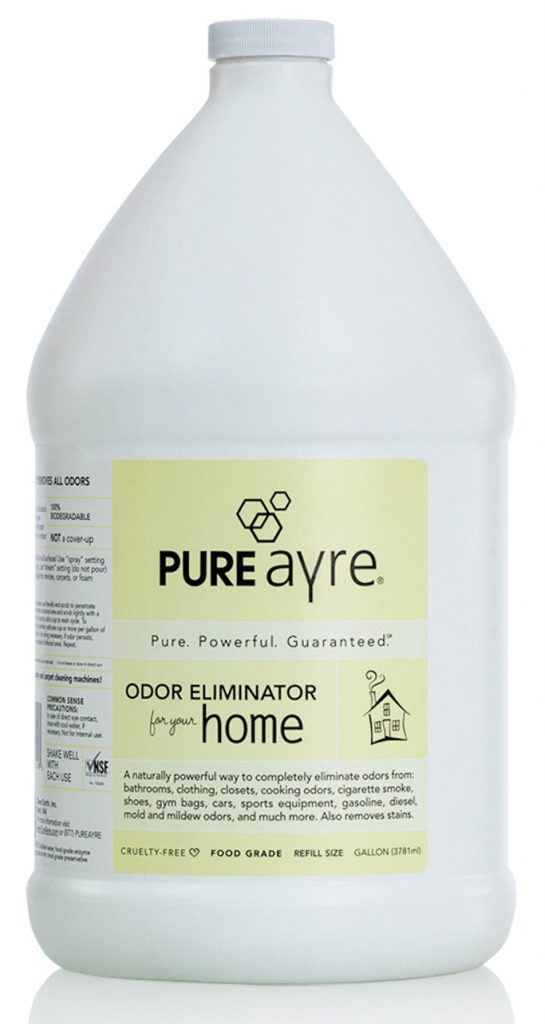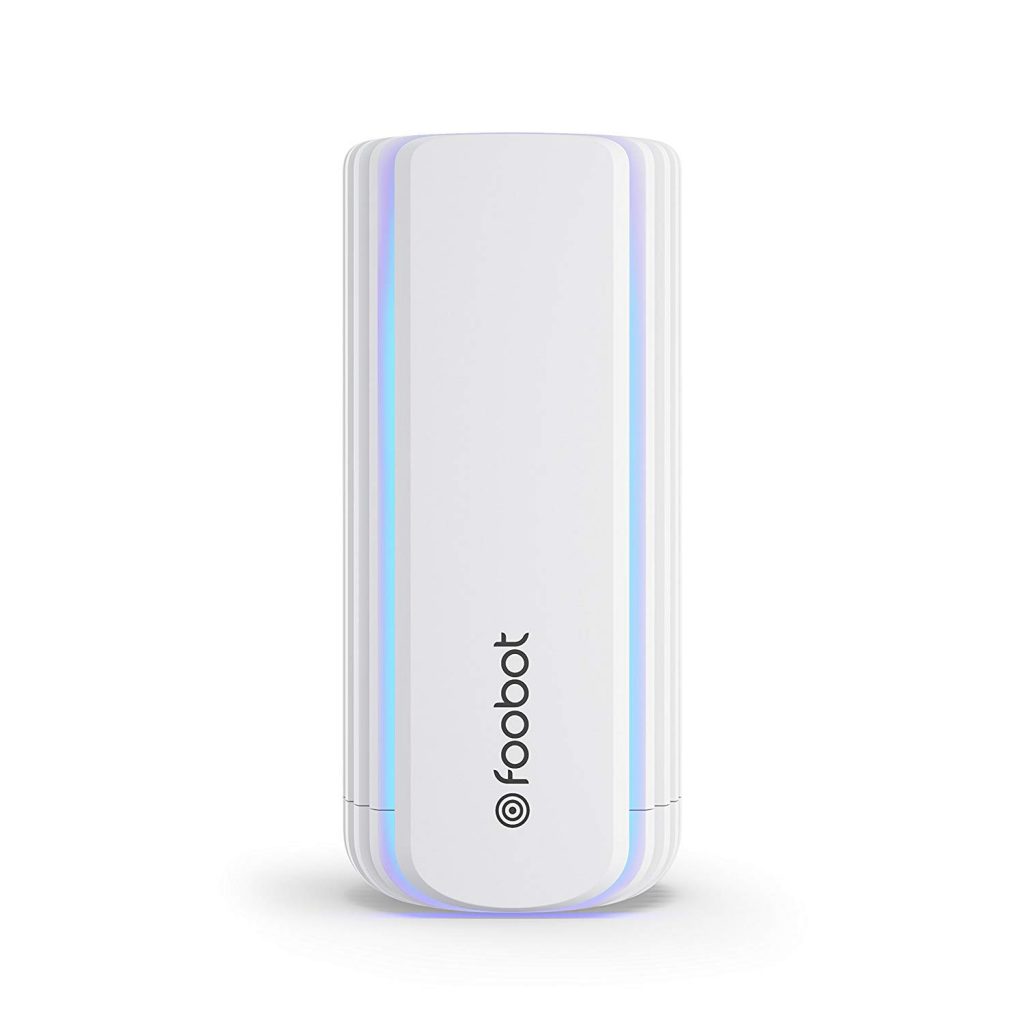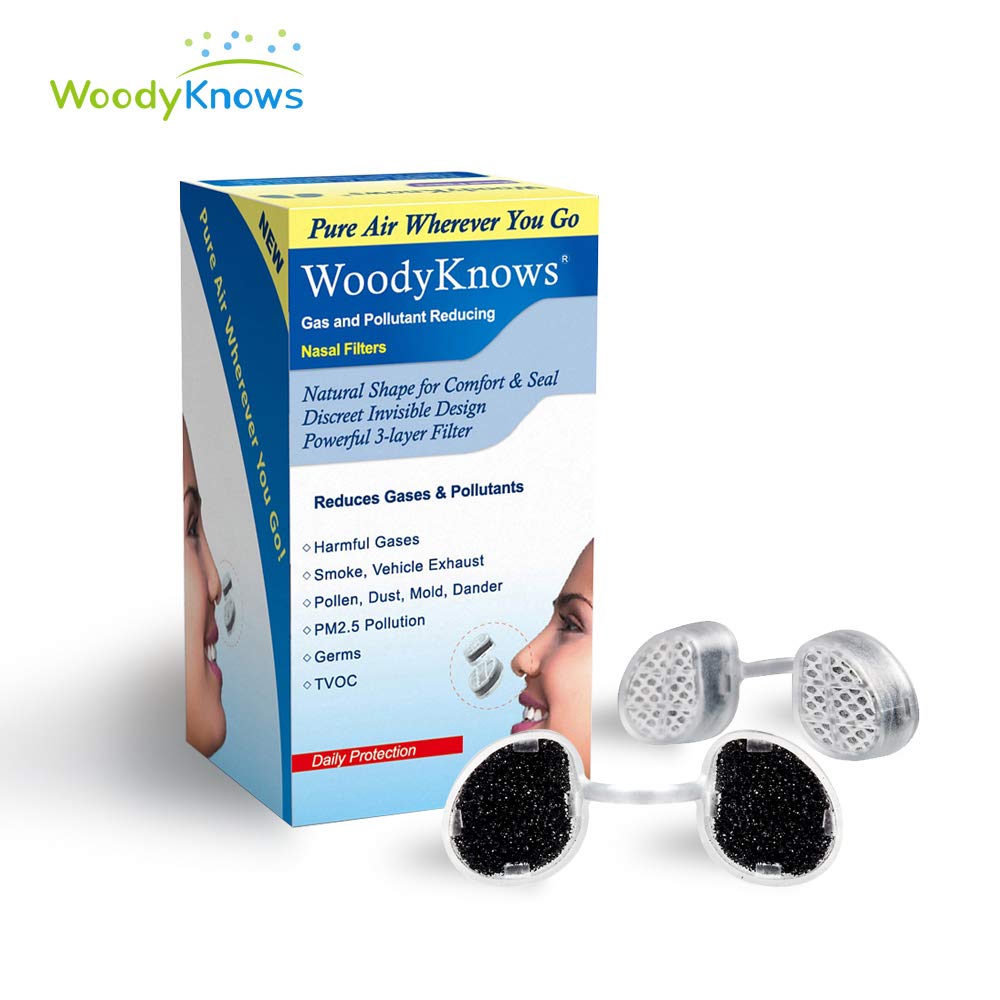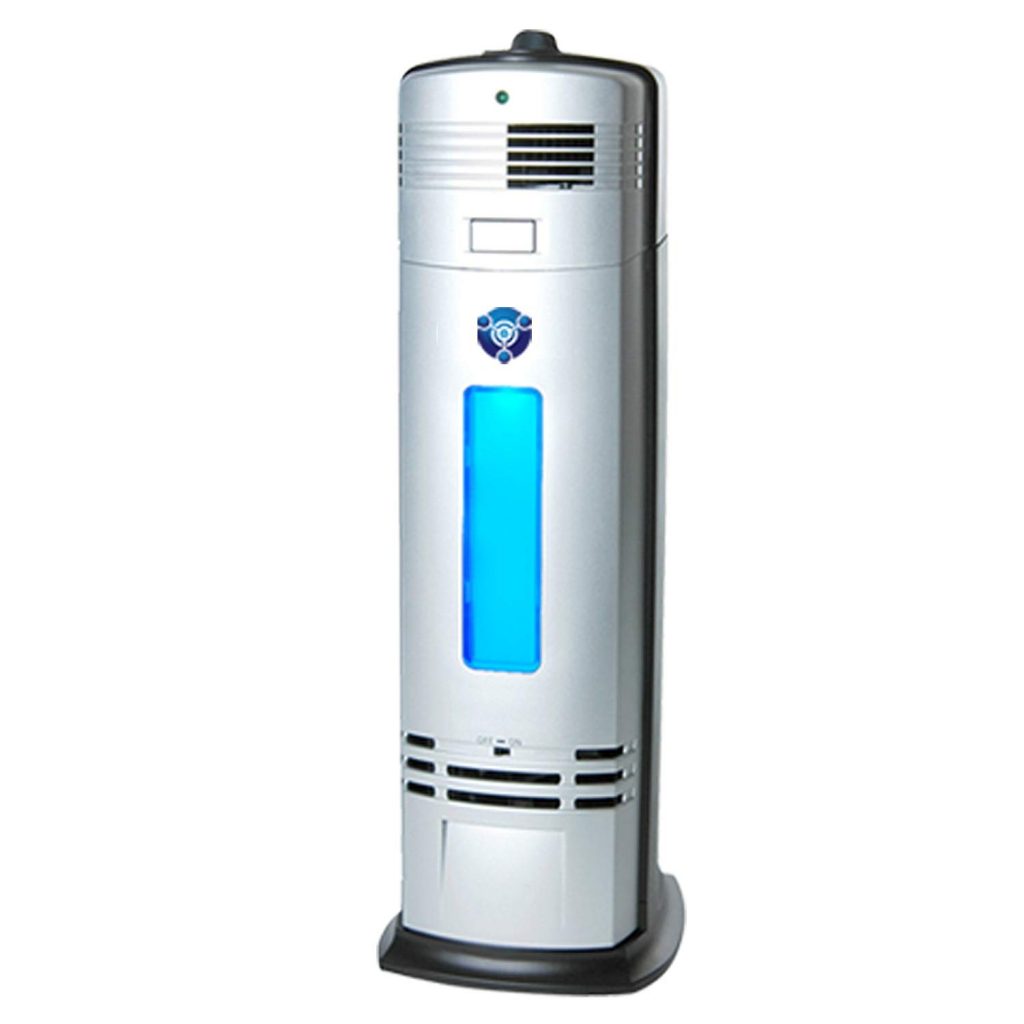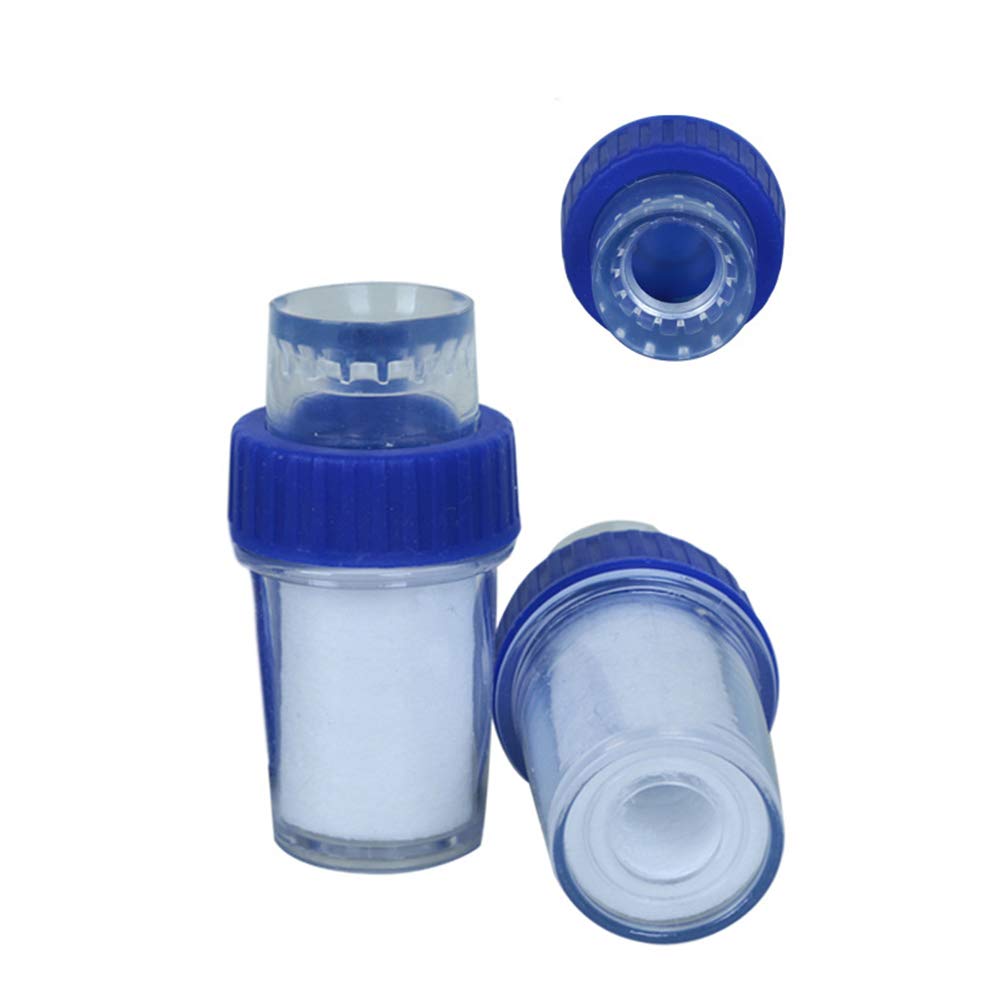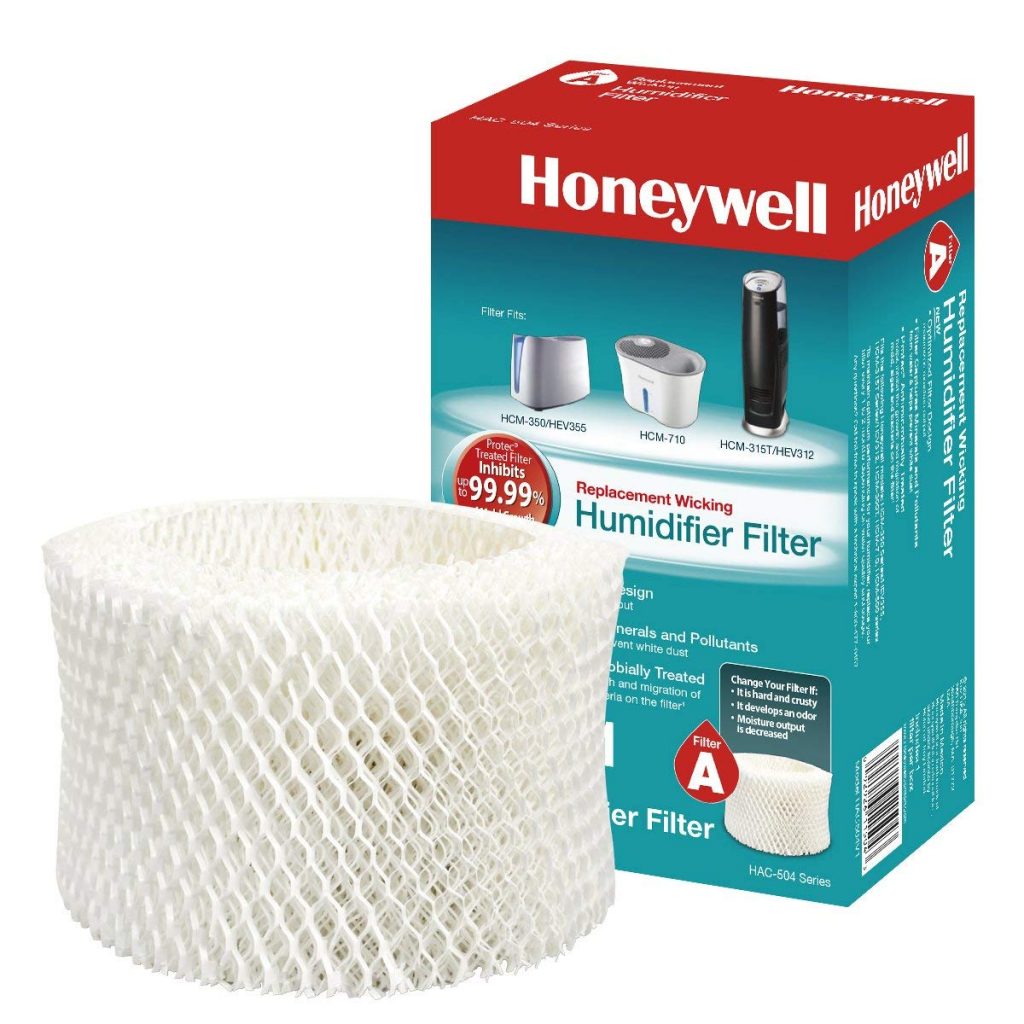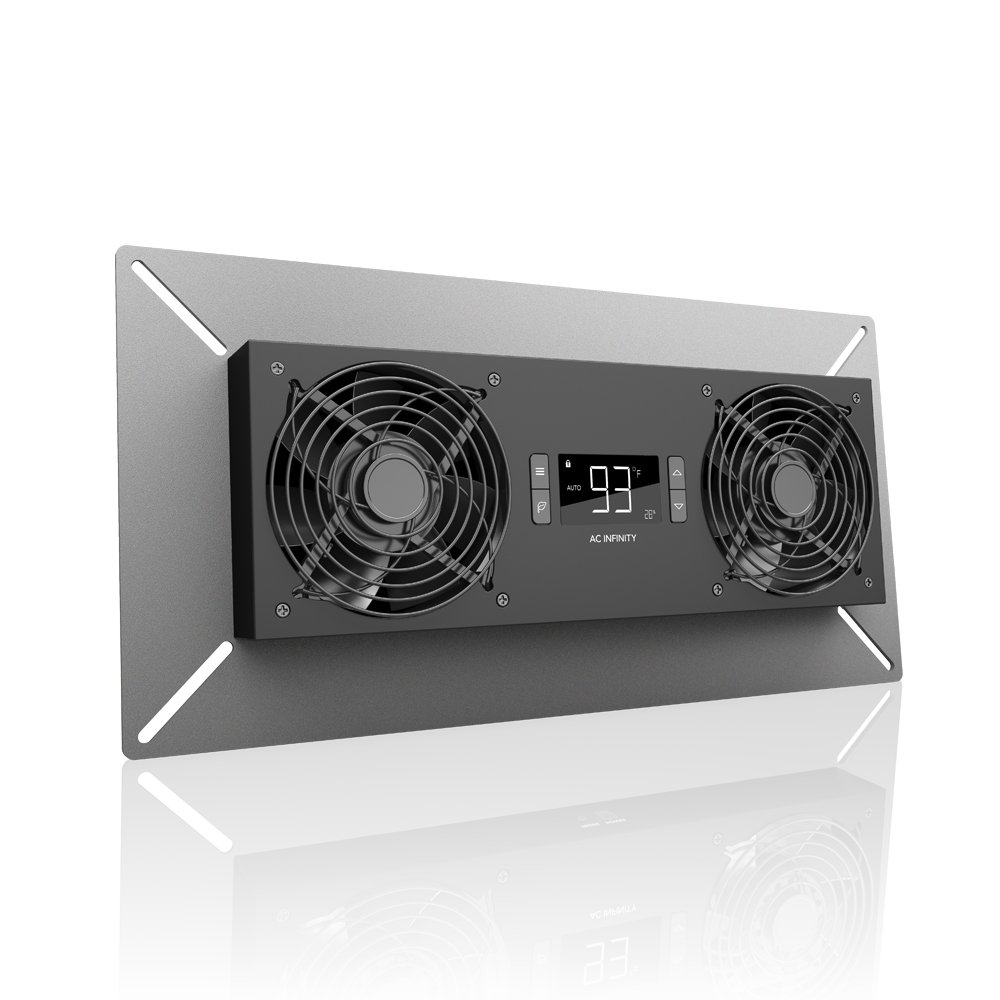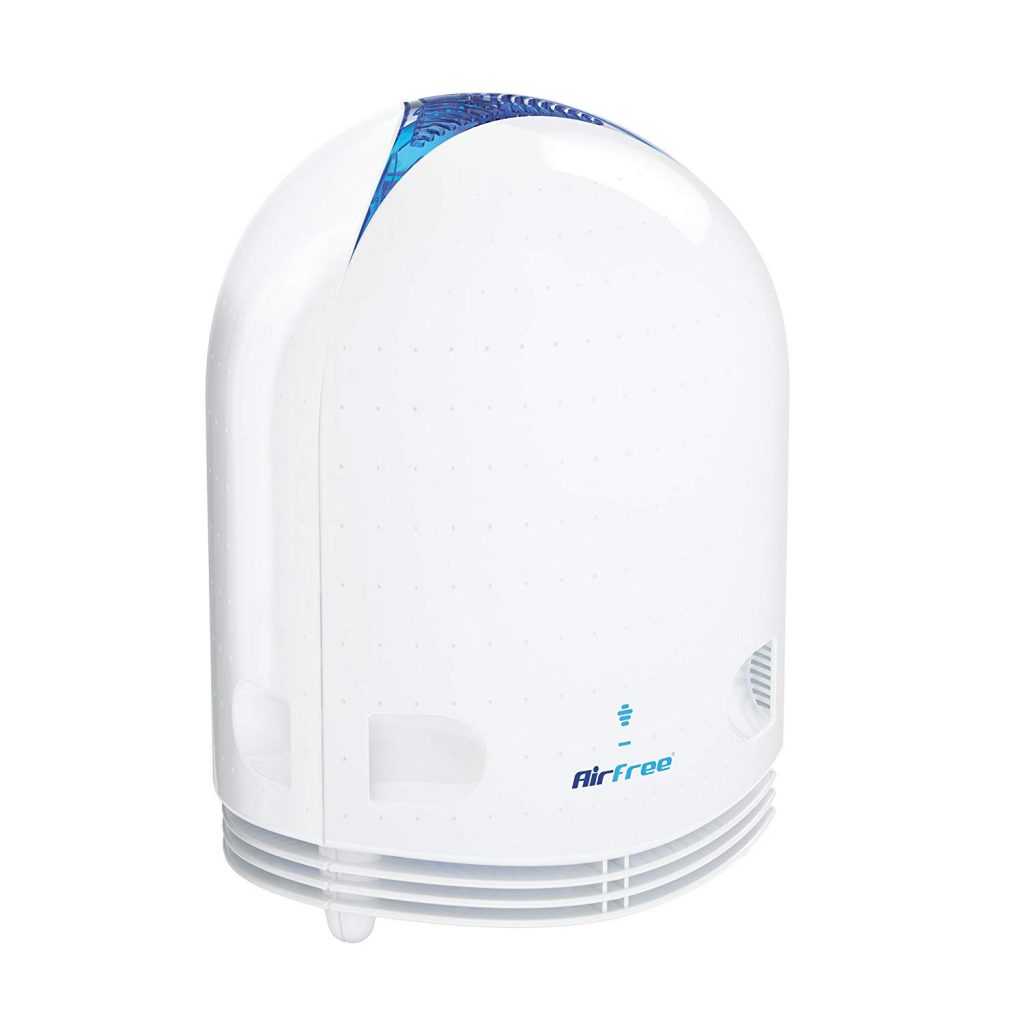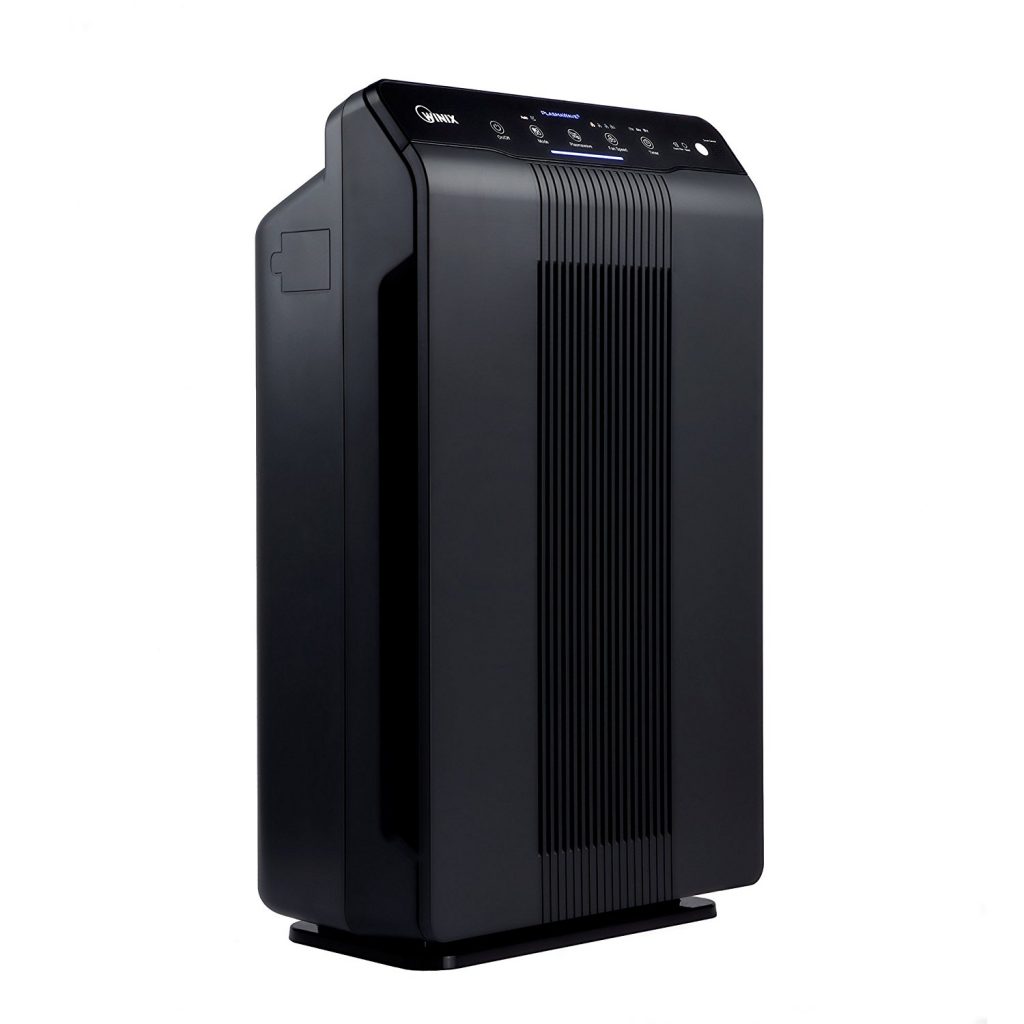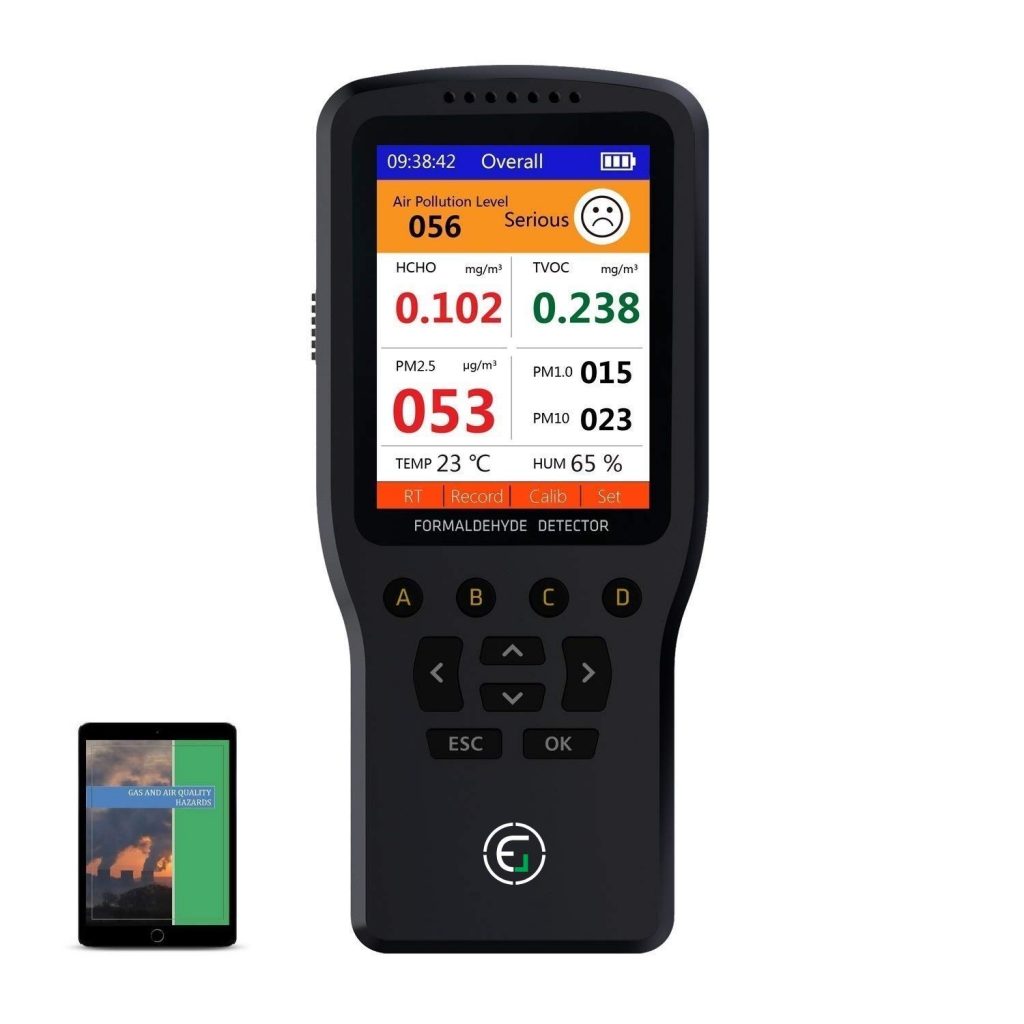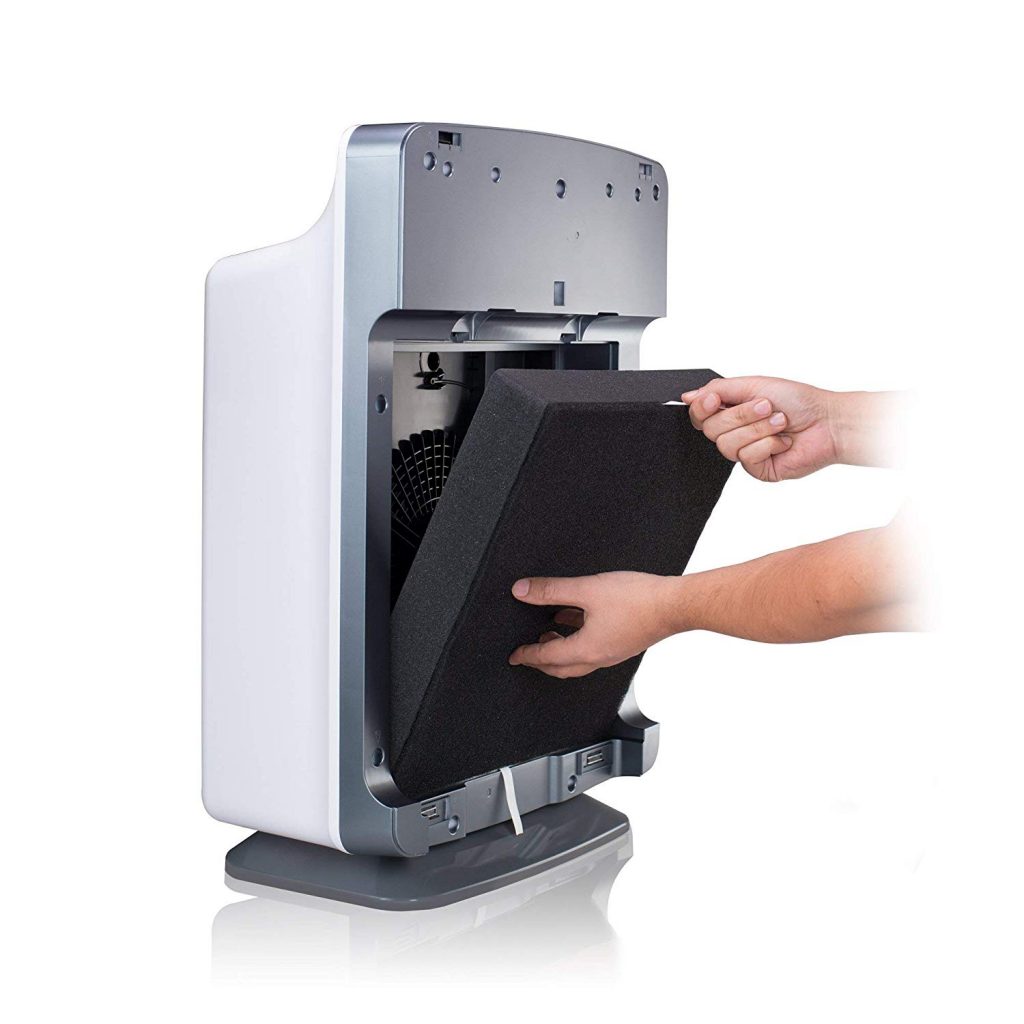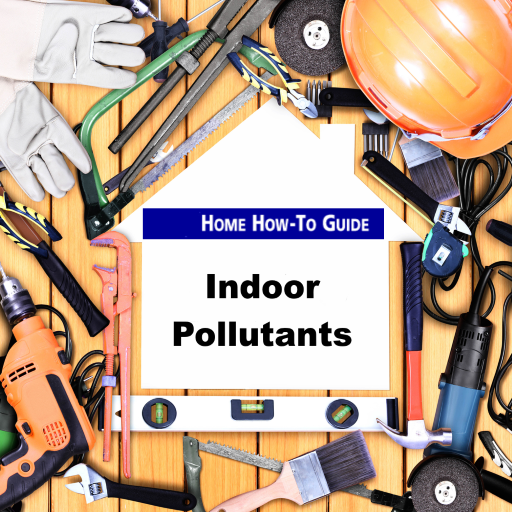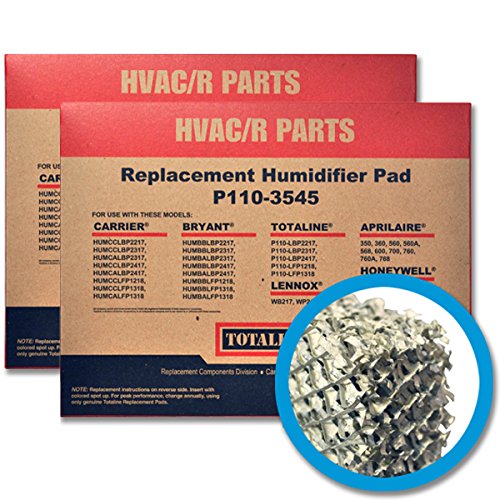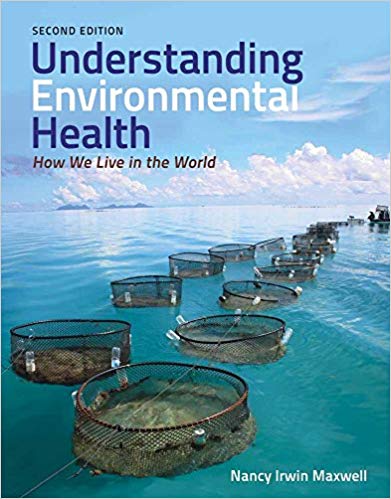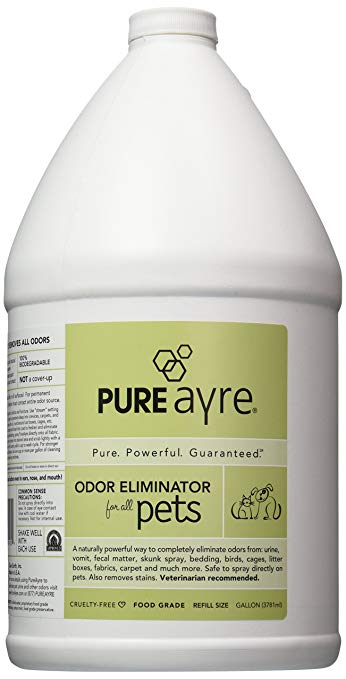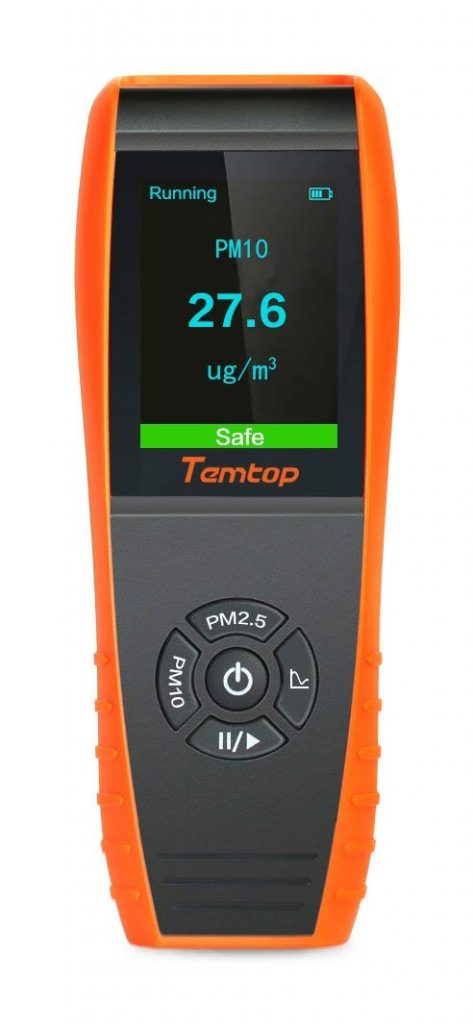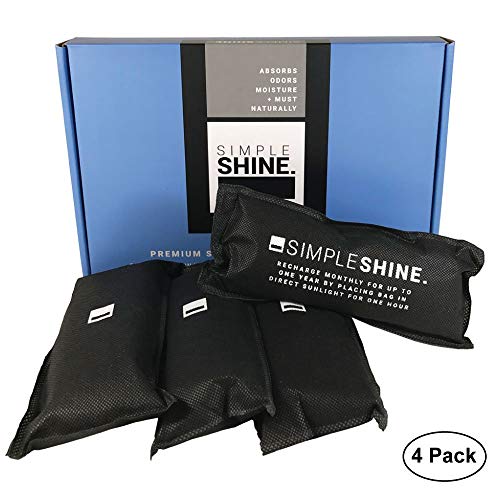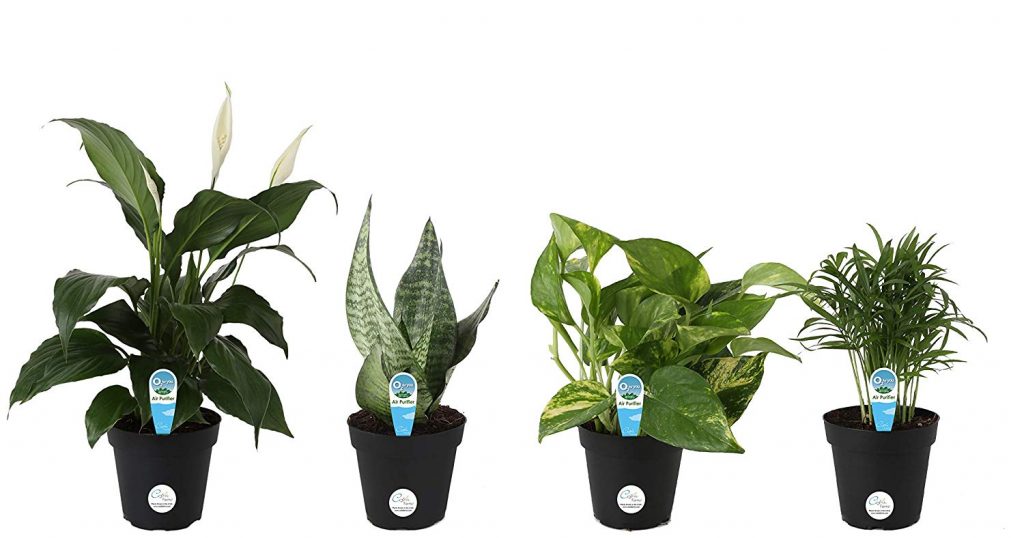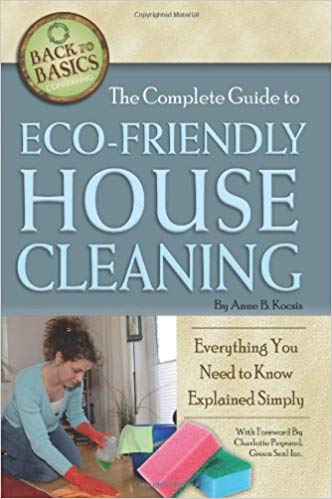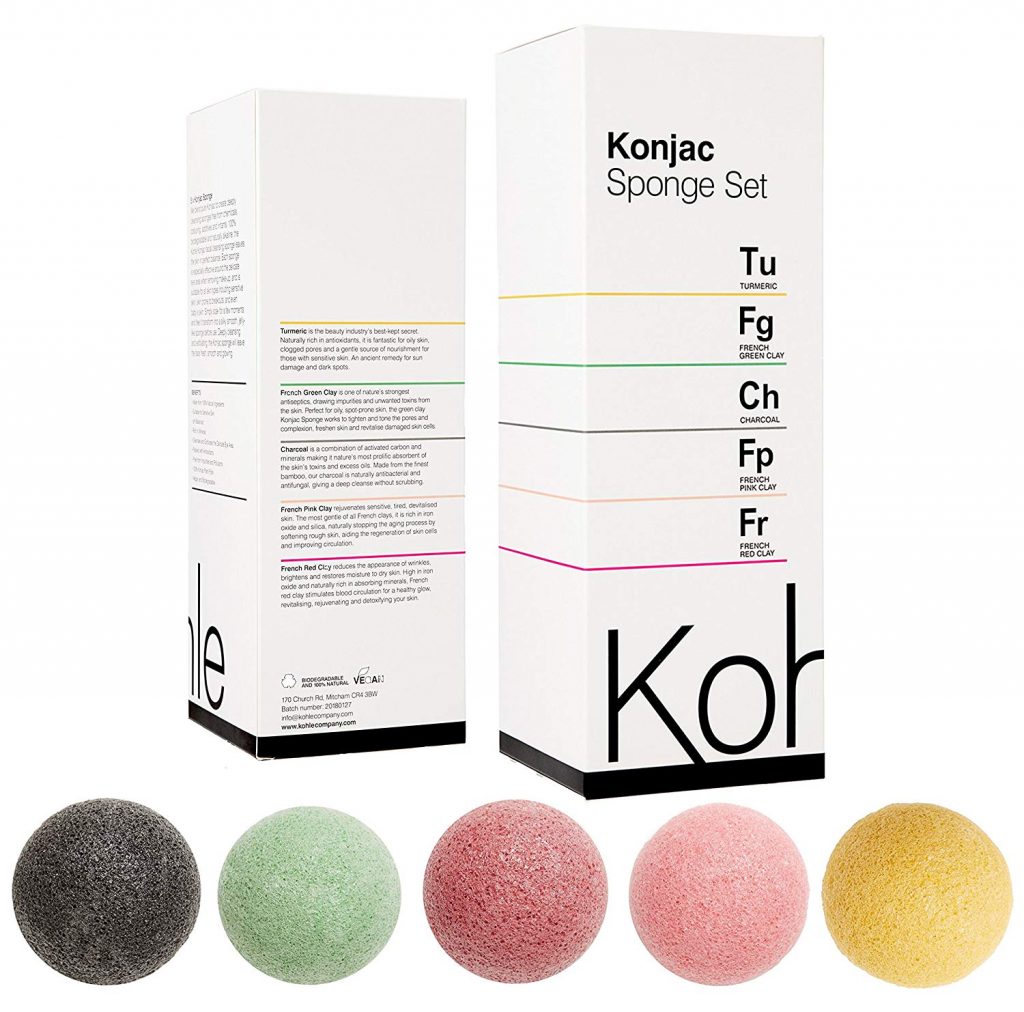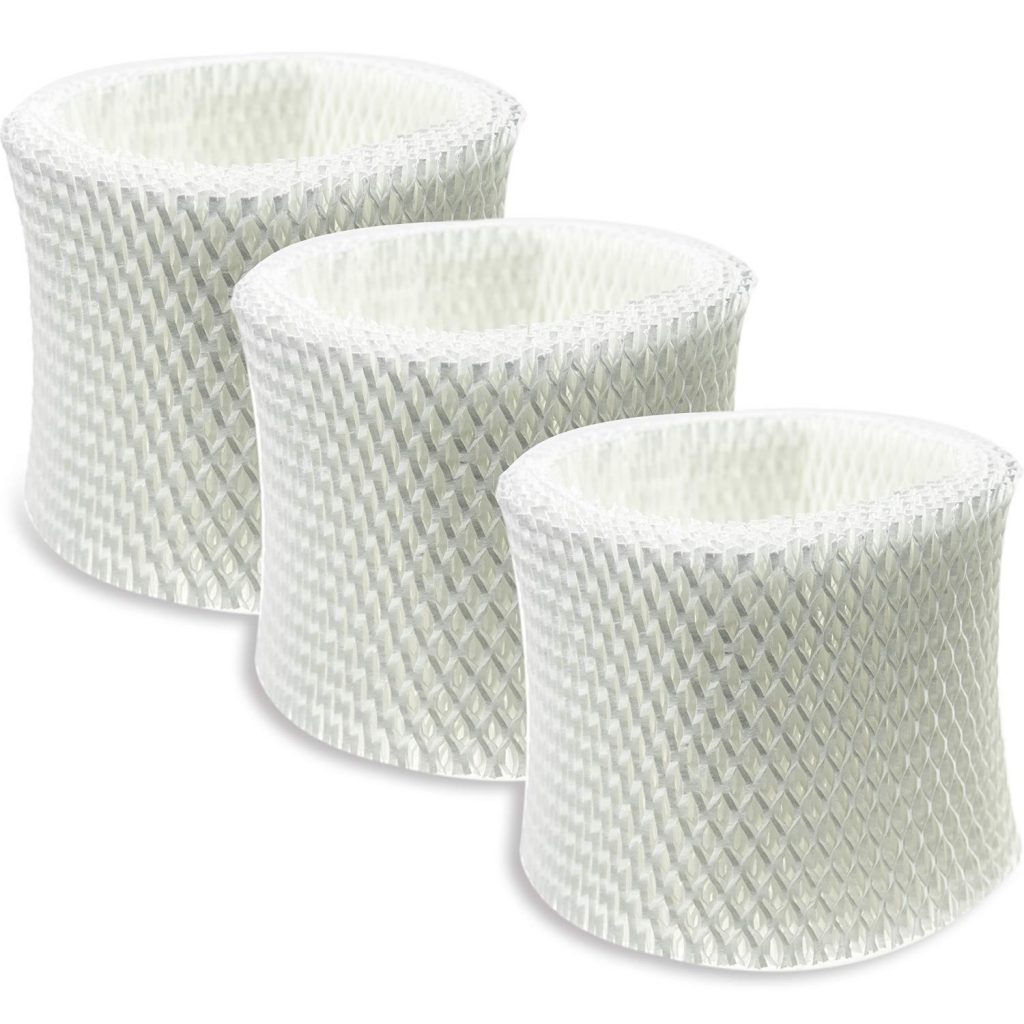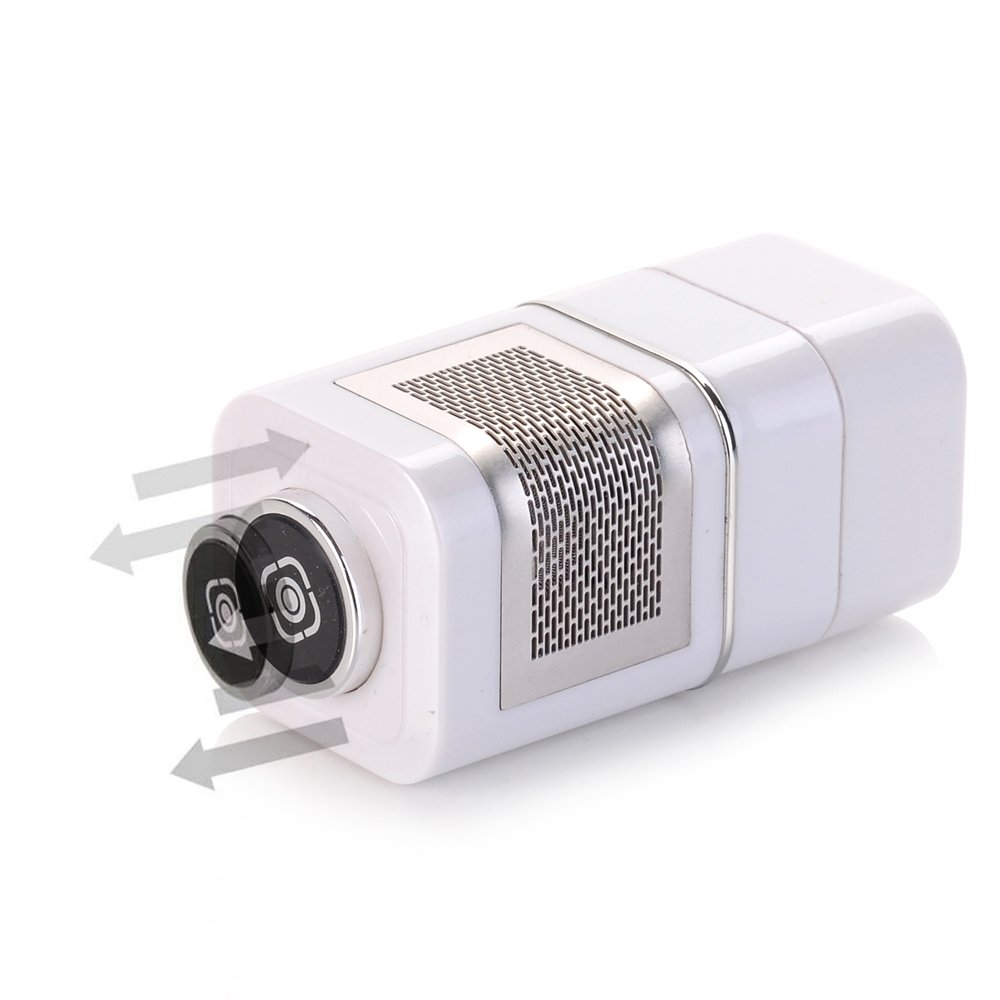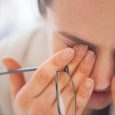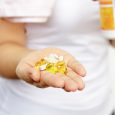Tips on How to Reduce the Pollutants in Your Home
Beware of Pollutants in Your Home
INTRODUCTION
Taking a deep clean breath is something we all take for granted, particularly in our homes. In fact, most of us expect our home is the safest place for us environmentally speaking. Yet hidden pollutants in your home can cause a number of health and even behavior problems.
You know the dangers of lead paint, carbon monoxide emitted from your heating systems, and toxins found in many household cleaning products but you’ll be surprised to know that biological pollutants, electrical pollutants, and chemical pollutants can be found in seemingly innocent places inside your home.
We spend 65% of our time in our home, which means these pollutants if present can cause tremendous symptoms and have serious consequences. These pollutants found inside your home can cause fatigue, asthma, skin conditions, learning disabilities, ADHD, digestive issues, infertility, obesity, and cancer. It’s even more serious for folks who spend more time in their homes like children and the elderly.
This report is dedicated to helping you identify potential pollutants, eliminating those pollutants from your home and preventing future pollution inside your home.
Types Of Pollution Commonly Found In Your Home
Everything from the cleaners you use to the electrical appliances running in your home can cause health problems. There are three main categories of home pollutants.
They include:
1.Biologic
2.Electrical
3.Chemical
Let’s take a look at common household pollutants within each category and how they can affect your family’s health.
Biologic Pollutants
Biological pollutants are living organisms. Many like dust and pollen live in every home. Others like mold can be prevented. Regardless, biologic pollutants can cause very real health issues.
Common indoor biological pollutants include:
- Animal Dander
- Dust Mites
- Bacteria and/or viruses
- Pollen
Biologic pollutants typically need two things go grow, nutrients and moisture. This means it’s particularly important if you live in a humid environment, to take measures to prevent and eliminate their growth.
So what happens if they’re present in your home? For many healthy people the signs and symptoms may be minimal and can include fatigue, sinus problems, and headaches. However if you spend a significant amount of time indoors, are sensitive to the pollutants or have compromised health then the reactions can be quite severe including asthma, fever and severe illness resulting from a compromised immune system. Your body is so exhausted from fighting the biologic pollutants it can’t compete when something else comes along.
Electrical Pollution
Electrical pollution, unlike biologic pollution, is relatively unheard of by most people and in fact, the results of this type of pollution are only recently being recognized. We’re exposed, almost everywhere we go, to electricity. In our homes, we have currents running through the walls, sitting on our laps, under our floors and so on. This electrical current releases energy, energy that is harmful to our bodies.
Scientists have learned that chronic exposure to low-level electromagnetic fields can affect our development, our reaction and ability to deal with stress, our body’s immune response and studies have connected electromagnetic fields to birth defects and cancer.
Other symptoms of Electrical Pollution include:
- Headaches
- Dizziness
- Nausea
- Difficulty concentrating
- Memory loss
- Irritability
- Depression
- Anxiety
- Insomnia
- Fatigue
- Muscle spasms
- Muscle and joint pain
- “Flu-like” symptoms
- Fever
- Seizures
- Paralysis
- Psychosis
- Stroke
Sounds pretty horrible, right? There is good news. There are relatively easy ways to filter out this pollution and we’ll show you how and where to get these filters in the next sections. Next, let’s take a look at the final and perhaps most pervasive type of pollution, chemical pollution.
Chemical Pollutants
Chemical pollutants come in a number of forms. Many of them are airborne however, some of them leach from common household products like water bottles and non-stick pans. Here are some of the most common household chemical pollutants.
Bisphenol A – Also called BPA, it’s found in plastic bottles and is linked to cancer, infertility, obesity and behavioral effects in animal studies. In addition to common plastic bottles, you can also often find BPA in baby bottles and on the linings inside canned foods.
Nitrogen Dioxide (NO2) – Occurs in the home when gas appliances, fireplaces and wood stoves are not properly ventilated. It can cause eye problems respiratory infection and chronic bronchitis.
Carbon Monoxide (CO) – Carbon monoxide is an odorless, colorless gas. Like Nitrogen Dioxide, it comes from improper ventilation in the home in relation to heating sources, gas appliances like furnaces and so on. Symptoms include fatigue, headache, nausea and dizziness and prolonged exposure to carbon monoxide can be deadly.
Formaldehyde (HCHO) – Formaldehyde is found in a number of household products including the resins in particleboard, fiberboard, and plywood paneling as well as adhesives, carpet backing, upholstery, and drapery. It’s also found in cigarettes.
Today, most household products are made with low formaldehyde ingredients. However, older homes will still have formaldehyde. Effects include, headaches, dizziness, fatigue, rashes, nausea, asthma, and respiratory troubles.
Radon (Rn) – Is emitted by soil or rock surrounding a home. Radon gas from the soil can enter your home through cracks in the foundation floor, drains and walls. Indoor radon exposure is estimated to be the second leading cause of lung cancer, responsible for thousands of deaths each year in the United States.
Household Products – Many household products including cleaning products, bath and body products, pesticides, paints and solvents contain a number of chemical pollutants.
Here’s a small list of just a few of these common pollutants:
- Potassium hydroxide
- Perchloroethylene
- Methylene chloride
- Mercury
- Paradichlorobenzene
- Lead arsenate
Like many chemical pollutants, common health effects are dizziness, allergic reactions and nausea. Prolonged exposure can lead to respiratory complications and some have been linked to cancer.
The long and the short of these common household pollutants, whether they’re biologic, chemical or electrical, is they affect your health. From minor symptoms like runny nose and fatigue to lifelong complications like asthma and cancer, household pollutants have an adverse affect on your health and your life.
However, you have the power to change what you’re exposed to and positively affect your health. The next section takes a look at how to eliminate the pollutants we’ve just discussed.
21 Easy Ways To Get Rid Of Household Pollutants
Prevention as they say is worth a pound of cure. But what about the pollutants in your home? Between the wonderful things nature provides us and a few handy inventions of our own, you do have the power to eliminate household pollutants. Here are 21 ways to get rid of and prevent future household pollutants.
#1 Plants
Mother Nature truly is a wonderful woman. Plants are natural air filters and are quite successful at eliminating harmful household pollutants.
NASA has actually conducted studies and lists the following plants as excellent natural air filters:
- Aloe Vera
- Chinese Evergreen
- Bamboo Palm
- Green Spider Plant
- Chrysanthemum
- Gerbera Daisy/African daisy
- English Ivy/Common Ivy
- Philodendron
- Mother in law’s tongue
- Golden Pothos
- Peace Lily/Mauna Loa
Plants filter harmful chemicals from the air including formaldehyde and other toxins. Place them throughout your home to keep your air fresh – a standard rule of thumb is two plants per 100 square feet.
#2 Air filters and air cleaners
If plants aren’t your thing or if you’re looking for a little extra pollution clean up, then you can take two strategic steps. Replace your furnace/air conditioner filter regularly. A HEPA filter will help ensure biologic pollutants like dust, dander, and pollen are filtered as well. Couple that with an in-room air filter and you’re eliminating many of the biologic and chemical pollutants commonly found in your home. Air filters can be placed in your bedroom and in your main living space.
#3 Moisture Control
Because many biologic pollutants thrive on moisture, it’s imperative, particularly if you live in a humid environment, to control moisture. Dehumidifiers are a great start but often don’t solve the whole problem. Moisture likes to hide in bathrooms, basements and even in kitchens. Hard wood or tile floors are better than carpet for moisture control.
#4 Open Your Windows
Ventilation is a great way to whoosh the indoor pollutants right out the window. Open the windows on cool breezy days and let the chemicals escape.
#5 Wash bedding often
Many biologic pollutants like to hide in our bedding. Mites, pollen and even dander can collect there and cause severe reactions. Wash you bedding materials frequently, weekly, in hot water.
#6 Home heating
Homes are typically heated via gas or electricity. If your home is heated with gas, make sure it’s properly ventilated to the outside and exhaust systems are leak free. Make sure any new gas appliances use spark ignition rather than pilot lights for fewer emissions.
#7 Properly maintain gas appliances
Check your gas burner flame. If the tip of the flame is any color other than blue, hire a trained service representative to adjust it. Also, schedule annual inspections of your furnace, gas water heater and gas clothes dryer.
#8 Formaldehyde
When doing any sort of remodeling, choose low formaldehyde-emitting pressed wood products.
#9 Test for Radon
Radon can only be found in your home if it’s tested for it. You can find test kits in at hardware stores or home stores however, it’s important to make sure they’ve passed the EPA’s testing program or are certified by your state. You can also hire someone to come out and conduct the testing.
#10 Filter electrical pollution
Unless you go completely off the grid and do not have electricity in your home, it’s difficult to eliminate electrical pollution however there are filters and meters you can purchase. Meters will tell you the level of electrical pollution being emitted in your home and filters will reduce the high frequency currents. Filters have been shown to lessen the intensity and thus lessen the occurrence of health problems caused by electrical pollution. Filters can be found online and in some home stores.
#11 Dry-Cleaned Items
Dry cleaning emits harmful chemicals. Rather than store dry cleaned items, remove the plastic and allow them to air out in a well-ventilated room. Some dry cleaning companies offer eco-friendly options.
#12 Reduce consumption of household chemicals
Cleaning products, personal care products, aerosols, paint, glue and so on often all contain a number of chemical pollutants. In the effort of being green and of protecting yourself and your family from household pollution it’s important to do what you can to eliminate these products from your home. Paints and solvents are now made with ‘green’ ingredients and personal care products and cleaning products are also being sold with natural ingredients.
Read the labels on the products you’re purchasing and if you have questions about the products, do a bit of research. It’s impossible to list all the toxins commonly found in household products but chances are if you don’t recognize it, it’s not good to have in your home. Phosphates are one ingredient you can be sure you don’t want in your personal care products, or detergents.
#13 Choose environmentally friendly soaps or make them yourself
Skip phosphates, bleaches and petroleum surfectants. Instead, choose biodegradable soaps. You can also have fun making soaps and detergents for your home.
#14 Choose environmentally friendly household cleaners or make them yourself.
Skip ammonia, bleach, lye, hydrochloric and sulfuric acids, phenol, and other toxins. Instead choose household cleaning tools like lemon, baking soda and vinegar. In fact you can make many household cleaners quickly, easily, and cost effectively. Baking soda and lemon juice is great for scouring tough stuff, deoderizing, and club soda works well to remove many stains.
#15 Choose solar
Lighting and heating often runs off of electricity, which causes electrical pollution in your homes. Utilize the sun’s power, even if it’s passive solar, to light and heat your home. A good southern exposure and thermal drapes will go a long way to keep your house warm and well lit when you need and cool and comfy when you don’t.
#16 Take care buying products which store and cook food.
Teflon, plastic bottles, and aluminum all have a bad reputation for emitting toxins. Stick to tried and true food storage containers and preparation tools.
#17 Bathe pets often and keep them off your furniture
We love our pets but they can be troublesome especially when it comes to pesky biologic pollutants. Dogs and cats easily bring mites, dander and pollen into the home where they can multiply, get into our bedding and clothing, and cause trouble. Rather than getting rid of the pet, wash them and keep them off your bed and other furniture.
#18 Vacuum frequently
Vacuuming often with a vacuum that contains a HEPA filter is a great way to get those dust mites, dander and pollen out of your carpet before it becomes an issue.
#19 Skip the air fresheners
Air fresheners often use aerosols to distribute the chemicals. And often those chemicals are either used to numb your olfactory nerves or to cover up existing smells. Neither is good for you. Instead, use essential oils to fragrance your home and open the windows when you have a chance.
#20 Burn soy or beeswax candles
People love to burn candles however, standard candles emit chemicals when they’re burned. They’re often made from petroleum and some wicks even contain lead. Skip that and go for soy candles and beeswax candles, which burn more slowly and emit only good things.
#21 Get a carbon monoxide detector.
Carbon monoxide can be deadly and a simple detector can protect you and your family from the harmful side effects this chemical causes. Grab a detector at your local hardware store and install it per the manufacturer’s suggestions. Prices range from $16 to $60 depending on the type of model and how it connects to your home – they can be either battery operated or can be connected into your electrical system.
Conclusion
We’ve just provided you with a lot of information including 20 things you can do to prevent and eliminate pollutants from your home. Many of these tips require regular checking and/or maintenance. Create a checklist or a schedule to help you get it done. Schedule gas appliance inspections, air filter replacement, air purifier and humidifier filter changes.
Get into the habit of washing those pets, linens and vacuuming to eliminate biologic pollutants and bring plants indoors to help keep your air clean. Install electronic filters to reduce your exposure to electromagnetic waves and sit back and relax.
You don’t have to suffer from potential pollutants in your home. You have control over your health and what you’re exposed to. You have control over your home environment. Take these simple steps to create an environment that is healthy and safe for you and your whole family.
Products To Help Take Care Of Pollution At Home


